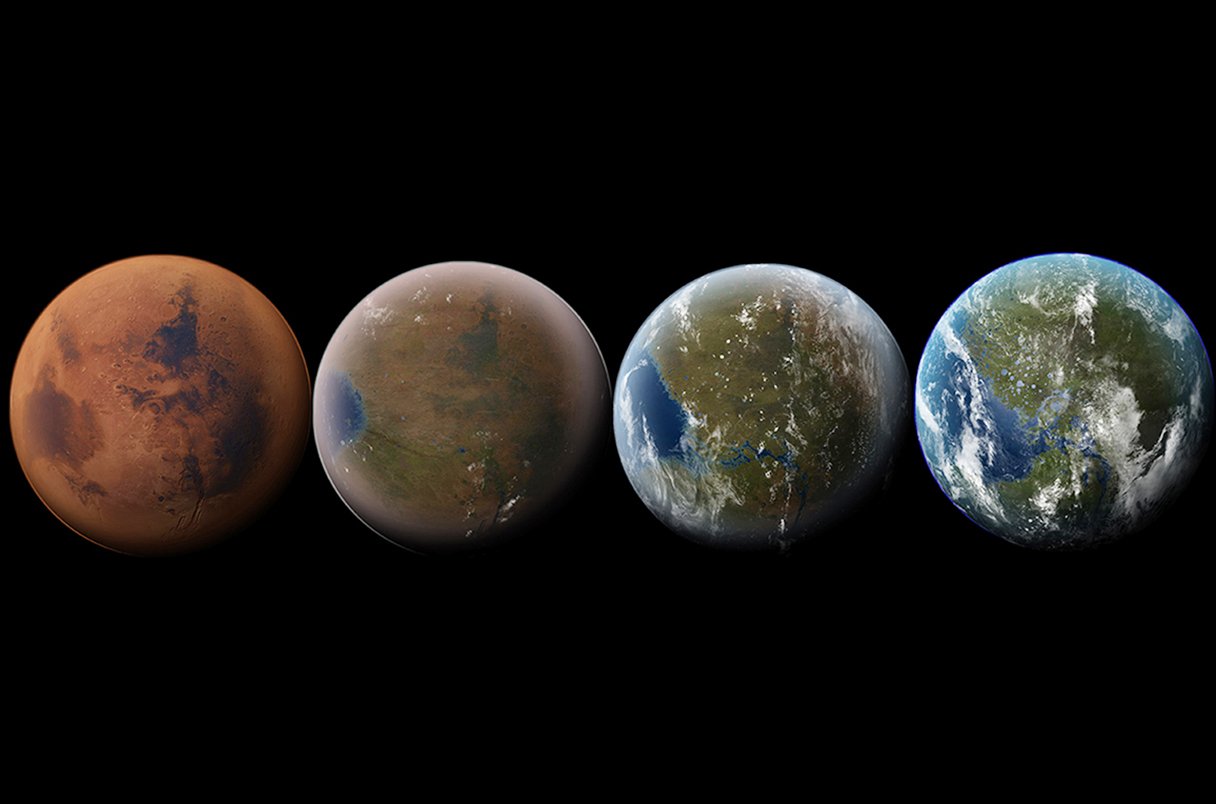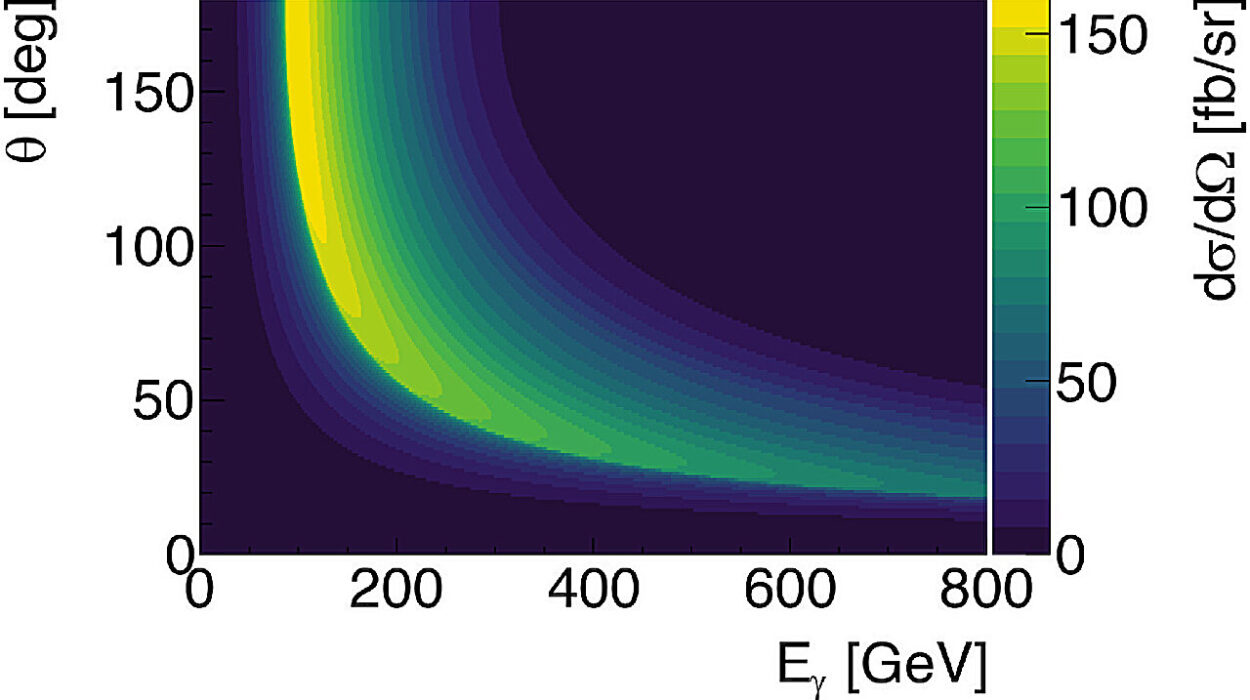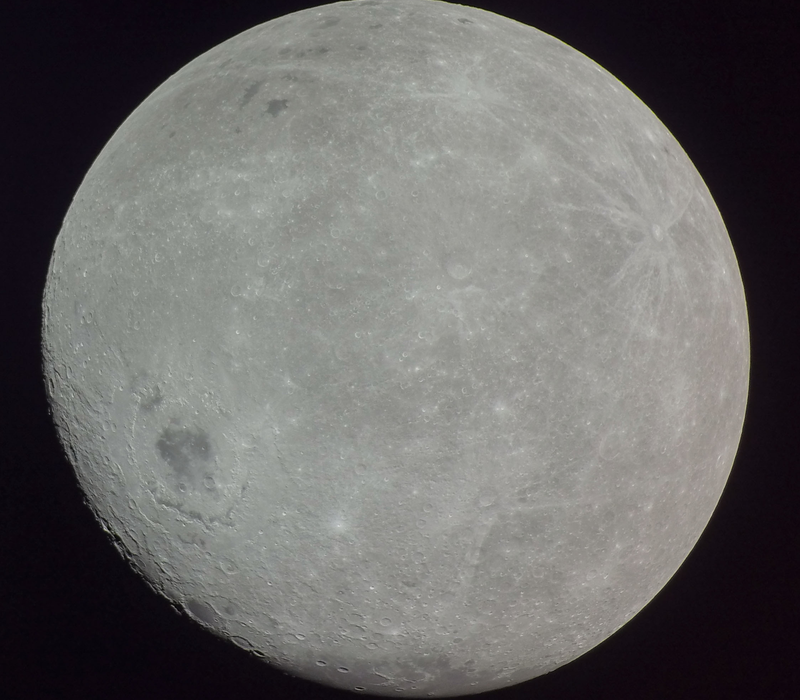For generations, the idea of transforming Mars from a frozen desert into a second Earth has inspired dreamers and scientists alike. It’s been imagined in novels, illustrated in glossy sci-fi films, and pondered in white papers by space agencies and private visionaries. But for all the imagination poured into it, one critical question has remained frustratingly elusive: Could it actually be done? And if so, should we even try?
Now, a diverse team of researchers affiliated with multiple U.S. institutions has decided it’s time to move beyond poetic speculation. Their new study, published in Nature Astronomy, doesn’t just sketch out a utopian vision of a green and blue Mars. Instead, it takes a cold, hard look at the practical foundations of the terraforming question. Their conclusion? Before we debate the ethics or desirability of terraforming, we must first answer a far more immediate question: Is it even physically possible?
This marks a significant shift in tone. Instead of starting with human settlement scenarios or speculative technologies, the authors propose a scientifically grounded roadmap. A kind of terraforming prelude—one that begins not on Mars, but here on Earth, in laboratories and simulations, where the plausibility of planetary engineering can be tested without consequence.
Red Planet, Cold Heart
Mars has long captured our imagination for one crucial reason: of all the worlds in the solar system, it’s the most Earth-like. It’s rocky. It has seasons. Its day is almost the same length as Earth’s. And evidence abounds that liquid water once flowed across its surface. But these similarities are superficial. Mars is also a hostile, barren place. Its average surface temperature hovers around -60°C. Its air is 100 times thinner than Earth’s and composed mostly of carbon dioxide. It has no global magnetic field to shield against solar radiation, and its soil is laced with toxic perchlorates.
Living there would be less like camping in a harsh wilderness and more like trying to survive in the vacuum of space. Without serious intervention, humans would never be able to walk freely on Mars, breathe its air, or grow crops in its soil.
And that’s where terraforming enters the conversation. The basic idea is to reengineer Mars to resemble Earth—to warm it, thicken its atmosphere, perhaps even fill its ancient basins with lakes and seas. But until now, the concept has remained mostly theoretical. What the new study does is pull it out of the realm of fantasy and into one of staged, scientific inquiry.
Step One: Turn Up the Heat
If terraforming Mars were a recipe, the first ingredient would be heat. A lot of it. The researchers estimate that Mars would need to be warmed by roughly 30°C to trigger the kind of planetary changes that could make further terraforming efforts feasible. That’s not something that can be accomplished with campfires or even a few well-placed reactors. Mars is a planet-wide deep freeze.
To combat this, the study explores potential methods of planetary warming, all still theoretical but rooted in real science. One possibility is to deploy orbital mirrors or solar reflectors, sometimes called solar sails, to direct additional sunlight onto the surface. These massive structures could be placed in orbit to continuously bathe specific regions—such as the polar ice caps—in concentrated solar radiation.
Another approach involves injecting nanoparticles into Mars’s atmosphere, creating a kind of artificial greenhouse layer. These particles would trap heat from the Sun, functioning like turbocharged carbon dioxide molecules. The idea is similar to geoengineering proposals on Earth, except in reverse: instead of reflecting sunlight away to cool the planet, the goal would be to retain as much heat as possible.
If successful, this warming would begin to release carbon dioxide trapped in Mars’s polar ice and regolith (its dusty surface material). This would in turn amplify the greenhouse effect, thickening the atmosphere and initiating a feedback loop of rising temperatures and gas release.
Building an Atmosphere, One Molecule at a Time
A thicker atmosphere is critical for any terraforming scenario. Not only would it offer some protection against radiation, but it would also reduce the need for pressure suits and make water less likely to instantly evaporate or freeze. But building a breathable atmosphere is a marathon, not a sprint.
Once Mars is sufficiently warmed and its CO₂ reservoir is released, the next proposed step would be to introduce microbes—earth-based organisms carefully selected or engineered to survive in harsh Martian conditions. These extremophiles, perhaps derived from cyanobacteria or lichen, could begin the long, slow process of oxygenating the atmosphere, just as early life on Earth once did billions of years ago.
However, oxygen is a double-edged molecule. It’s reactive, explosive under certain conditions, and difficult to accumulate without a self-sustaining biosphere. It might take thousands—or tens of thousands—of years to produce enough oxygen to support even minimal human activity. And without a magnetic field, any atmosphere that does form would be vulnerable to stripping by solar wind over long timescales.
Still, the researchers argue that this shouldn’t be a deterrent. Instead, it highlights the need for long-term maintenance systems—hardware that could monitor and tweak the Martian environment in real time. Think of it as a planetary life-support system, with sensors, robots, and autonomous greenhouses working together to stabilize and sustain the new atmosphere.
A Garden Among the Stars?
If Mars could be warmed, its air thickened, and its chemistry made more hospitable, the final stages of terraforming would be biological. Introduce simple plants. Then insects. Eventually, perhaps, mammals. Over centuries or millennia, the barren red planet might turn green.
But this final phase remains the most speculative. The team behind the study is careful not to paint an overly optimistic picture. They acknowledge the incredible technical, logistical, and ethical challenges involved. Even if the basic components of terraforming were shown to be viable on Earth, deploying them on Mars would require a scale of infrastructure humanity has never achieved. We’re talking fleets of spacecraft, gigaton-scale material processing, and continuous resource delivery across interplanetary space.
Still, the idea is not without precedent. Earth itself was once a toxic, inhospitable ball of molten rock and volcanic gas. Life transformed it over time—slowly, chemically, and relentlessly. The lesson? Given time and the right ingredients, biology can shape a planet.
Should We? And Who Decides?
Once the technical path is outlined, the ethical question re-emerges with greater urgency: even if we can terraform Mars, should we?
Some argue that Mars has intrinsic value as it is—an untouched world, a planetary time capsule that could teach us about the early solar system. Others point to the moral risks of playing planetary gods, possibly disrupting ecosystems we don’t even know exist. And what if Mars harbors microbial life beneath its surface? Would terraforming be an act of genocide?
Then there are practical concerns. Terraforming would be an immensely expensive, resource-intensive endeavor. Many question the morality of investing in planetary engineering while Earth itself grapples with climate change, inequality, and mass extinction.
But the researchers make a compelling counterpoint: the lessons learned from developing terraforming technologies could be applied directly to Earth. Efforts to simulate Martian ecosystems could yield new insights into climate regulation, carbon cycling, and biosphere resilience. In trying to make Mars livable, we might just learn how to better preserve our own world.
Experiments Without Consequence
This is why the authors advocate for a shift in focus—from planetary transformation to planetary preparation. Rather than jumping straight to colonization, they argue that we need to start with experiments here on Earth. Controlled simulations, prototype systems, and Martian analog habitats could help answer crucial questions.
Can we really grow oxygen-producing microbes in Martian soil? How quickly can we produce greenhouse gases at scale? How would human structures interact with alien geologies and weather patterns?
By testing these concepts under tightly monitored conditions, we can identify the most promising pathways—and the biggest red flags—before we set foot on another planet.
A New Framework for Planetary Stewardship
Ultimately, what the study proposes is not a grand act of hubris, but a new framework for thinking about planetary futures. It asks us to confront what it means to reshape a world, and what responsibilities come with that power. Terraforming Mars, in this view, is not just about conquest or escape. It’s about becoming conscious custodians of not just one planet, but potentially many.
In that sense, Mars is both mirror and muse. It reflects our hopes and anxieties, our ingenuity and our recklessness. And whether or not we ever walk barefoot on Martian grass, the pursuit of terraforming knowledge could redefine our place in the cosmos.
We are, after all, the only species we know of that can imagine greening a dead world. The only species that can send machines across space to learn, to test, and to dream. That’s not science fiction. That’s humanity at its best.
Reference: Erika Alden DeBenedictis et al, The case for Mars terraforming research, Nature Astronomy (2025). DOI: 10.1038/s41550-025-02548-0






